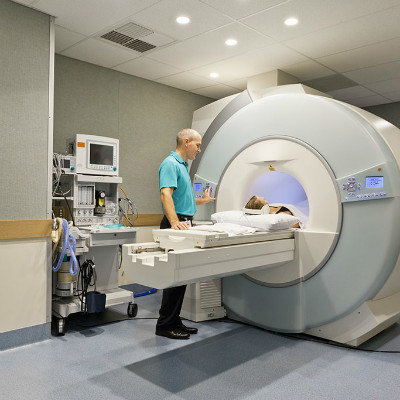Causes of mediastinal pneumatosis?
summary
Local soft tissue infiltration of mediastinal pneumatosis refers to the phenomenon that the liquid slowly penetrates into the soft tissue, the abnormal cells are immersed in the human tissue, or the body cells that should not appear under normal circumstances appear, and some diseased tissues expand to the surrounding. Excessive accumulation of abnormal substances or original substances in cells or stroma is also called infiltration. Some degeneration or deposition is also called infiltration. What are the causes of mediastinal pneumatosis?
Causes of mediastinal pneumatosis?
The rupture of alveoli leads the air into the mediastinum along the sheath around the pulmonary vessels. There are often some inducements, such as holding breath after inspiration and severe cough. It is common in bronchial asthma, bronchiolitis, pertussis and other diseases. Spontaneous pneumothorax caused by alveolar rupture can also cause mediastinal emphysema. In the treatment of respiratory distress syndrome, the application of positive end expiratory pressure breathing, the use of excessive pressure is easy to cause pulmonary barotrauma, spontaneous pneumothorax and / or mediastinal emphysema.

Chest trauma, endoscopy or inhalation of foreign bodies can cause bronchial or esophageal rupture and mediastinal emphysema. Esophageal spasm obstruction, often occurred in the lower part of the esophagus 8cm longitudinal tear, because there is no connective tissue support of the esophagus. Esophageal rupture is often accompanied by pleural effusion or empyema.

In neck surgery, such as thyroidectomy or tonsillectomy, sometimes gas can enter the mediastinum along the deep cervical fascia space. Tracheotomy, if the skin incision is too small, trachea incision is too large, air escape prone to mediastinal emphysema. During gastrointestinal perforation, perirenal aerography or artificial pneumoperitoneum, intraperitoneal gas can enter the mediastinum through the loose tissue around the aortic hiatus and esophageal hiatus of diaphragm.

matters needing attention
The diagnosis of this disease is generally not difficult, often induced by mediastinal emphysema related diseases, dyspnea and sternal pain and other symptoms. Chest X-ray examination found that the mediastinum on both sides of the translucent band can be definitely diagnosed. The possibility of mediastinal emphysema should be considered for unexplained cervical subcutaneous emphysema. Acute cardiac insufficiency should be differentiated from myocardial infarction in severe patients.
















